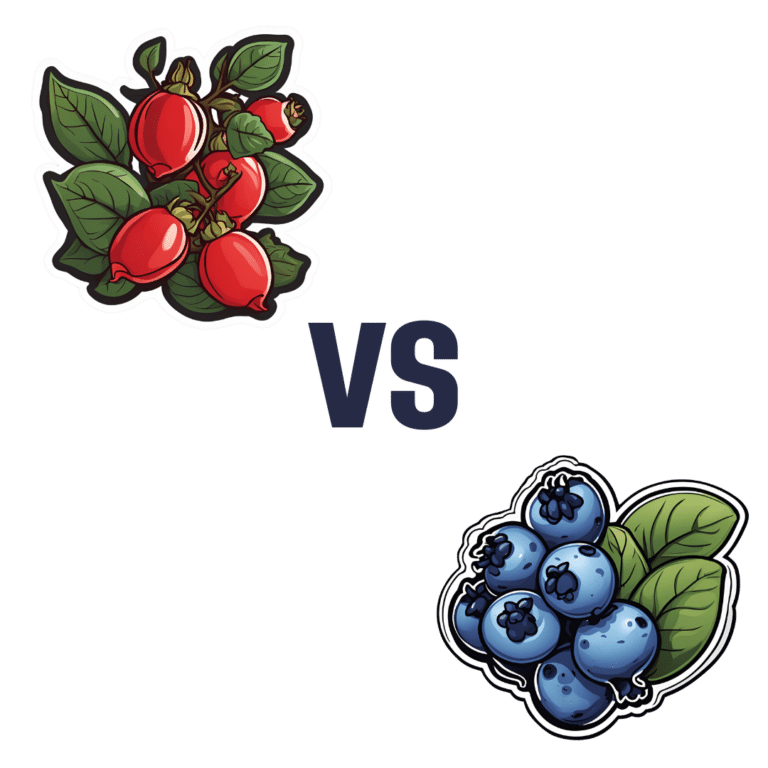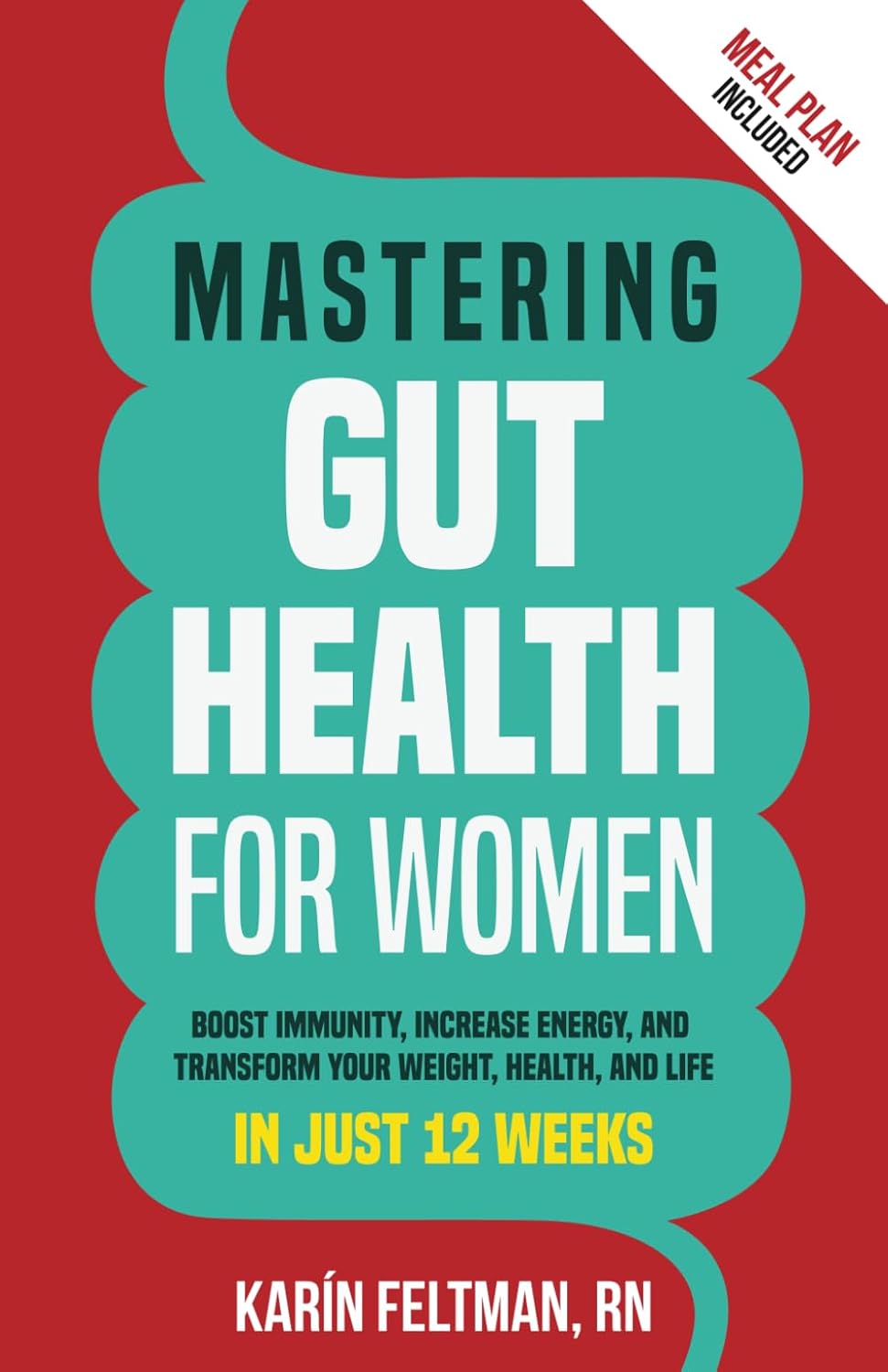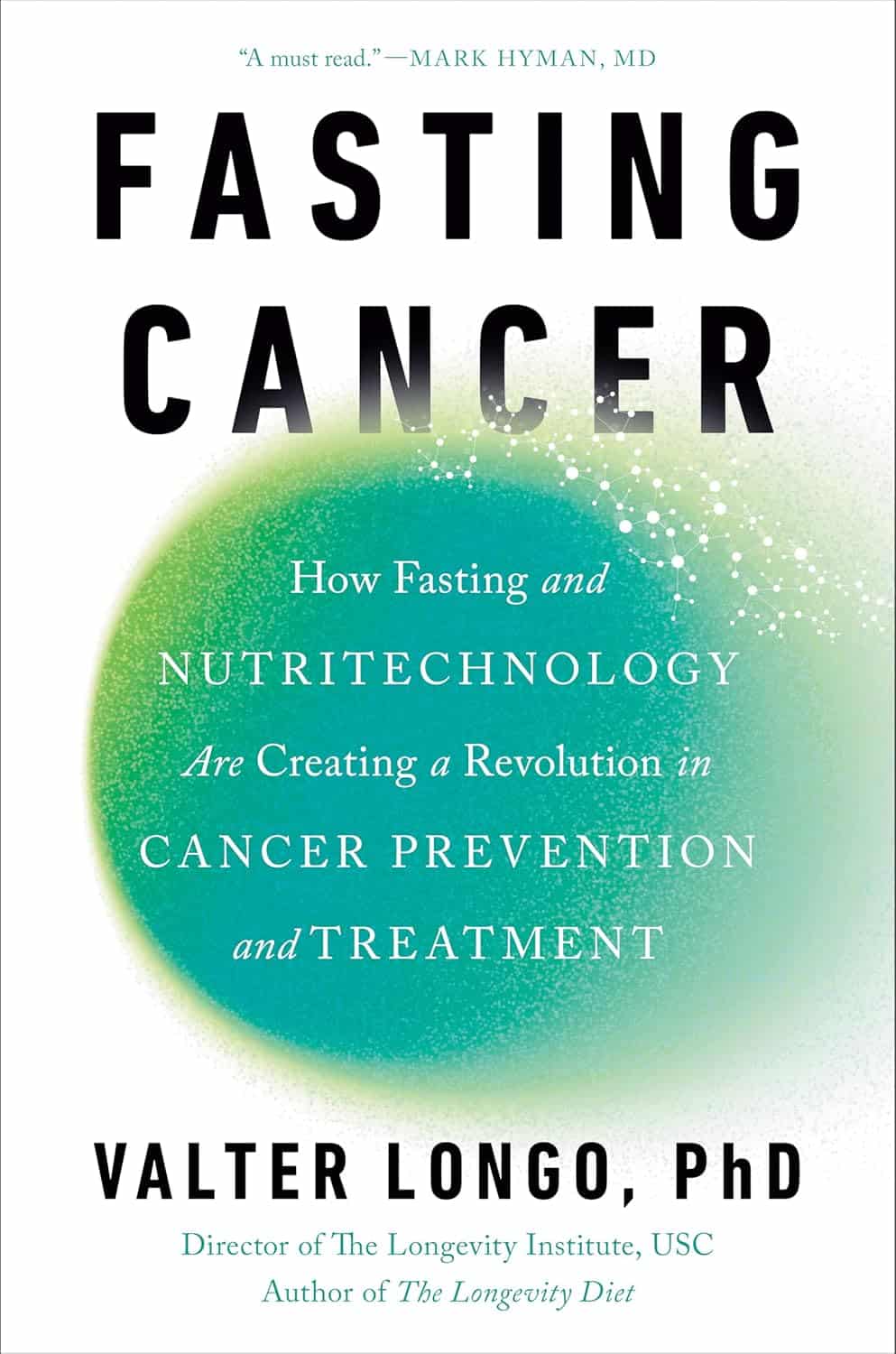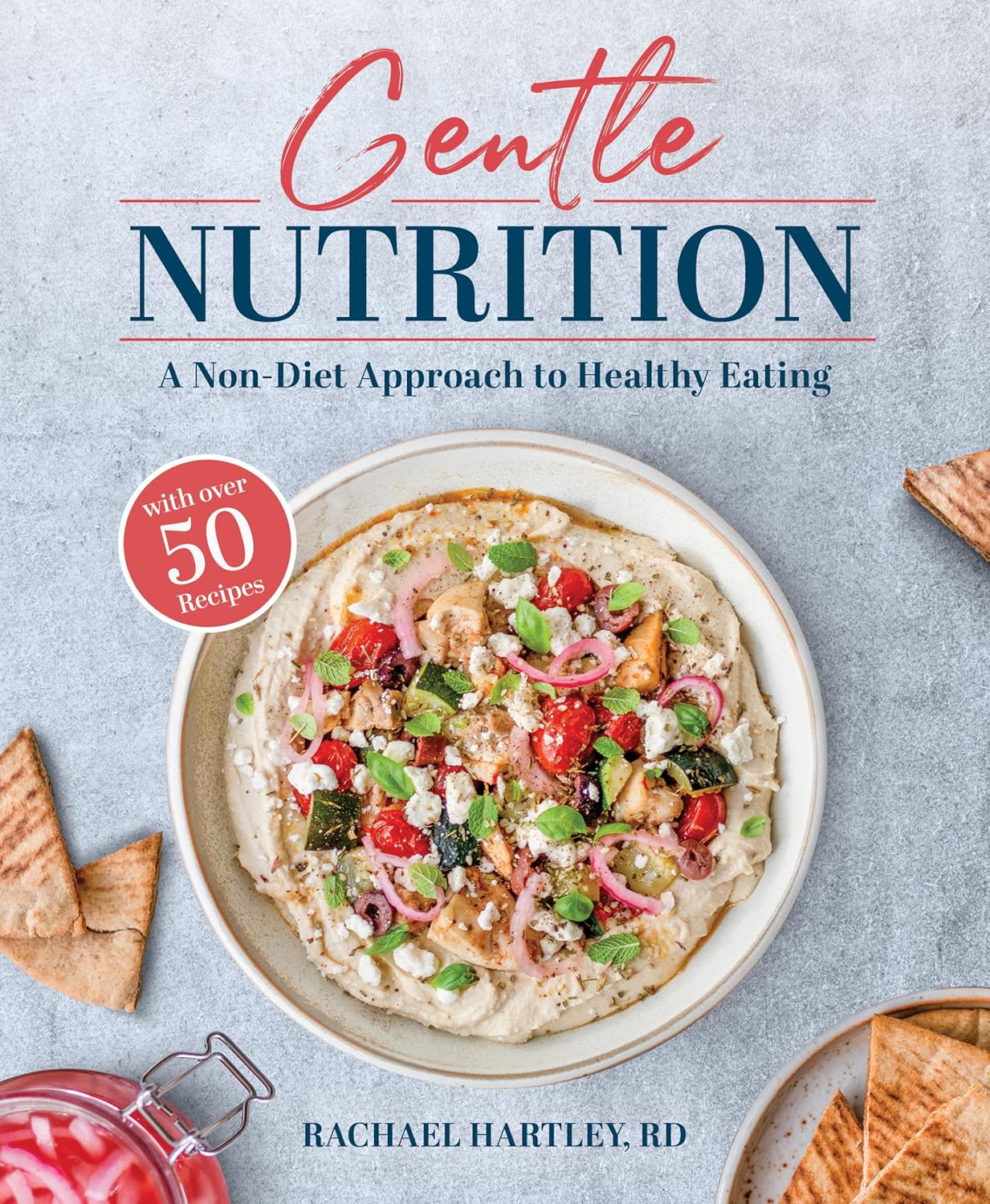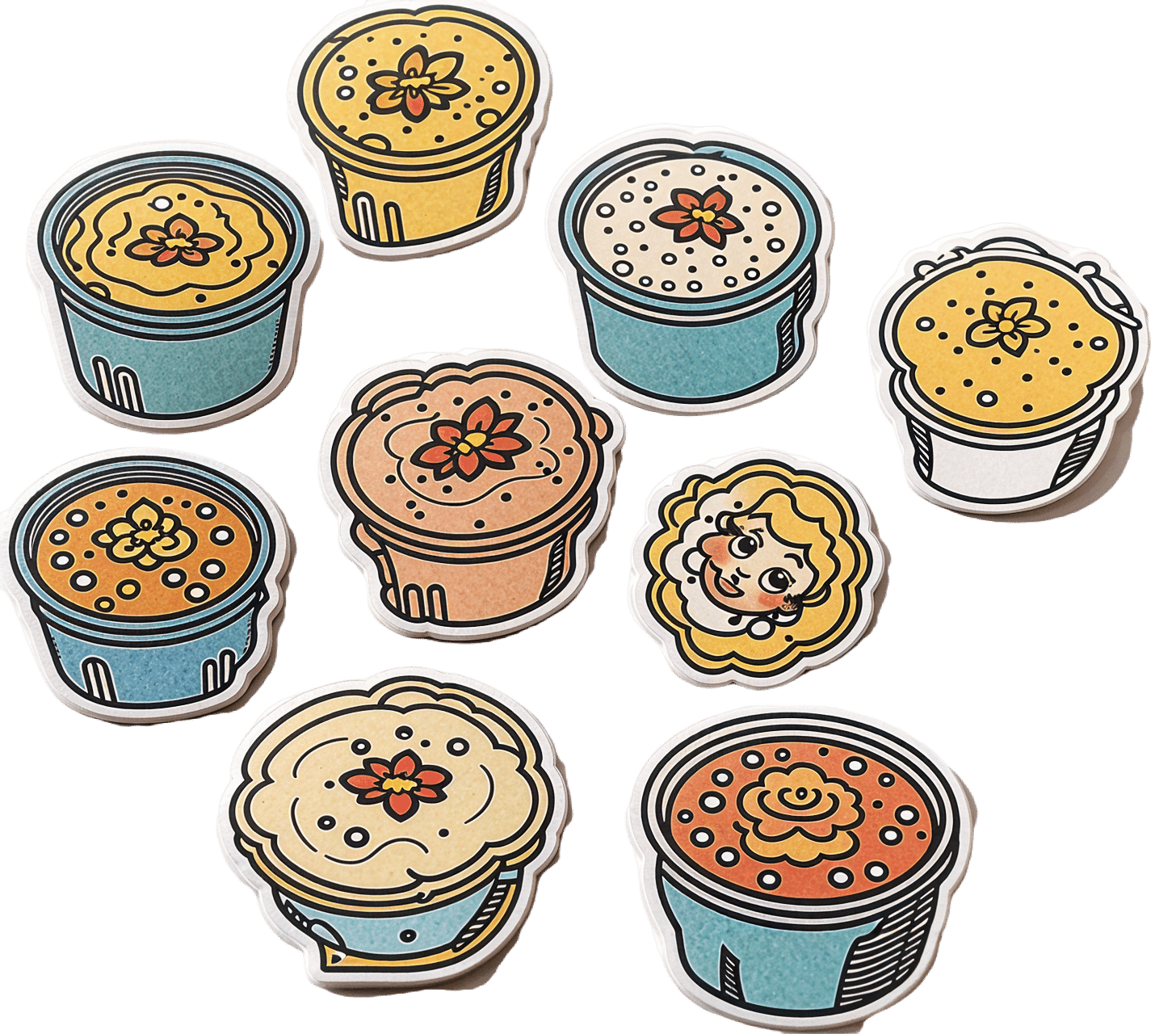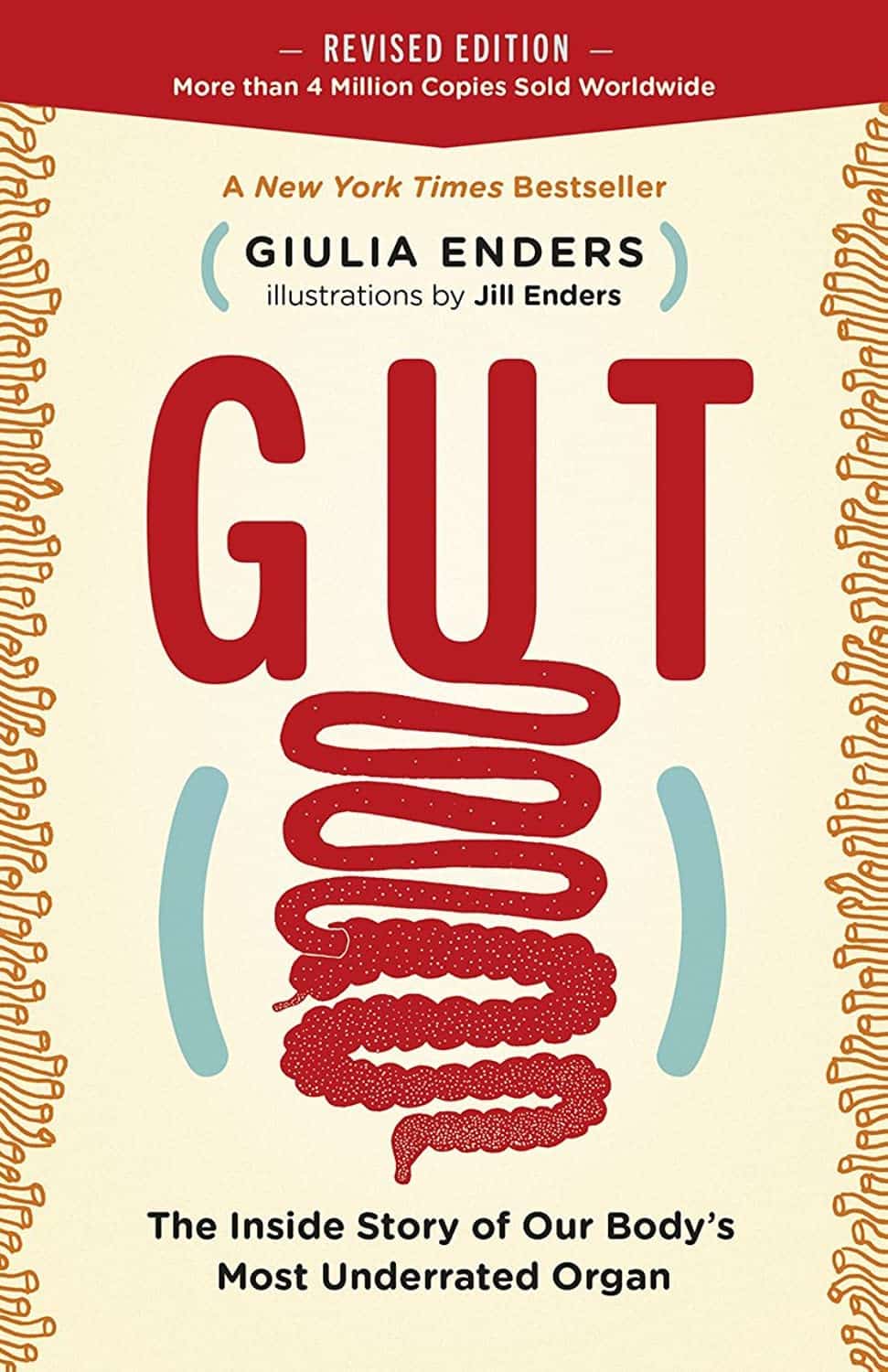
Guava vs Pineapple – Which is Healthier?
10almonds is reader-supported. We may, at no cost to you, receive a portion of sales if you purchase a product through a link in this article.
Our Verdict
When comparing guava to pineapple, we picked the guava.
Why?
Pineapple is great, but guava just beats it in most ways:
In terms of macros, guava has nearly 4x the fiber and nearly 5x the protein, for the same carbs, giving it the notably lower glycemic index. An easy win for guava in this category.
In the category of vitamins, guava has a lot more of vitamins A, B2, B3, B5, B9, C, E, K, and choline, while pineapple has marginally more vitamin B1. Another clear win for guava.
When it comes to minerals, guava has more calcium, copper, magnesium, phosphorus, potassium, selenium, and zinc, while pineapple has more iron and manganese. One more win for guava.
One big thing in pineapple’s favor is that it contains bromelain, which is an enzyme* found in pineapple (and only in pineapple), that has many very healthful properties, some of them unique to bromelain (and thus: unique to pineapple)
*actually a combination of enzymes, but most often referred to collectively in the singular. But when you do see it referred to as “they”, that’s what that means.
However cool that is, we think it unfair to weight it against guava winning in every other category, so we still say guava gets the overall win.
Of course, enjoy either or both; diversity is good!
Want to learn more?
You might like:
Let’s Get Fruity: Bromelain vs Inflammation & Much More
Enjoy!
Don’t Forget…
Did you arrive here from our newsletter? Don’t forget to return to the email to continue learning!
Recommended
Learn to Age Gracefully
Join the 98k+ American women taking control of their health & aging with our 100% free (and fun!) daily emails:
-
Mastering Gut Health for Women – by Karín Feltman
10almonds is reader-supported. We may, at no cost to you, receive a portion of sales if you purchase a product through a link in this article.
The author, a registered nurse, has a focus on holistic health, and in this book it’s all about wellness from the inside out.
To effect this, she lays out a 12-week program of transformations:
- Week 1: transform your knowledge
- Week 2: transform your brain
- Week 3: transform your digestion
- Week 4: transform your immunity
- Week 5: transform your emotions
- Week 6: transform your sleep
- Week 7: transform your energy/vitality
- Week 8: transform your activity
- Week 9: transform your hormones
- Week 10: transform your diet
- Week 11: transform your weight
- Week 12: transform your habits
Which all adds up to quite a comprehensive overall transformation!
Of course, it’s possible you might want to implement everything at once; an exciting prospect for sure, but oftentimes it really is best to just change one thing at once before moving on; that way it’s a lot more likely to stick, and that’s why she presents it in this format.
On the other hand, maybe you might want to take longer than the 12 weeks, if for example it takes you more than a week to do a certain part. That’s fine too, though for most people without serious constraints (or suffering some unexpected major interruption to your usual life), the 12-week program should be quite doable as-is.
The style is personable and friendly, albeit with frequent references to science and appropriate citations.
Bottom line: the title centers gut health, and so does the book itself, but this is truly a holistic approach that goes far beyond the gut, which makes it even more worthwhile.
Click here to check out Mastering Gut Health For Women, and master gut health for yourself!
Share This Post
-
Ice Baths: To Dip Or Not To Dip?
10almonds is reader-supported. We may, at no cost to you, receive a portion of sales if you purchase a product through a link in this article.
We asked you for your (health-related) view of ice baths, and got the above-depicted, below-described, set of responses:
- About 31% said “ice baths are great for the health; we should take them”
- About 29% said “ice baths’ risks outweigh their few benefits”
- About 26% said “ice baths’ benefits outweigh their few risks”
- About 14% said “ice baths are dangerous and can kill you; best avoided”
So what does the science say?
Freezing water is very dangerous: True or False?
True! Water close to freezing point is indeed very dangerous, and can most certainly kill you.
Fun fact, though: many such people are still saveable with timely medical intervention, in part because the same hypothermia that is killing them also slows down the process* of death
Source (and science) for both parts of that:
Cold water immersion: sudden death and prolonged survival
*and biologically speaking, death is a process, not an event, by the way. But we don’t have room for that today!
(unless you die in some sudden violent way, such as a powerful explosion that destroys your brain instantly; then it’s an event)
Ice baths are thus also very dangerous: True or False?
False! Assuming that they are undertaken responsibly and you have no chronic diseases that make it more dangerous for you.
What does “undertaken responsibly” mean?
Firstly, the temperature should not be near freezing. It should be 10–15℃, which for Americans is 50–59℉.
You can get a bath thermometer to check this, by the way. Here’s an example product on Amazon.
Secondly, your ice bath should last no more than 10–15 minutes. This is not a place to go to sleep.
What chronic diseases would make it dangerous?
Do check with your doctor if you have any doubts, as no list we make can be exhaustive and we don’t know your personal medical history, but the main culprits are:
- Cardiovascular disease
- Hypertension
- Diabetes (any type)
The first two are for heart attack risk; the latter is because diabetes can affect core temperature regulation.
Ice baths are good for the heart: True or False?
True or False depending on how they’re done, and your health before starting.
For most people, undertaking ice baths responsibly, repeated ice bath use causes the cardiovascular system to adapt to better maintain homeostasis when subjected to thermal shock (i.e. sudden rapid changes in temperature).
For example: Respiratory and cardiovascular responses to cold stress following repeated cold water immersion
And because that was a small study, here’s a big research review with a lot of data; just scroll to where it has the heading“Specific thermoregulative adaptations to regular exposure to cold air and/or cold water exposure“ for many examples and much discussion:
Health effects of voluntary exposure to cold water: a continuing subject of debate
Ice baths are good against inflammation: True or False?
True! Here’s one example:
Uric acid and glutathione levels (important markers of chronic inflammation) are also significantly affected:
Uric acid and glutathione levels during short-term whole body cold exposure
Want to know more?
That’s all we have room for today, but check out our previous “Expert Insights” main feature looking at Wim Hof’s work in cryotherapy:
A Cold Shower A Day Keeps The Doctor Away?
Enjoy!
Share This Post
-
Fasting Cancer – by Dr. Valter Longo
10almonds is reader-supported. We may, at no cost to you, receive a portion of sales if you purchase a product through a link in this article.
We’ve previously reviewed Dr. Longo’s “The Longevity Diet”, and whereas that one was about eating, this one is (superficially, at least) about not eating. Nor is this any kind of dissonance, because, in fact, it’s important to do both!
That said, he discusses not just fasting per se, but also the use of a personalized fast-mimicking diet, to accomplish the same goal of not overloading the metabolism—as overloading the metabolism results in metabolic disease, and cancer is, ultimately, a metabolic disease of immune dysfunction with genetic disorder*—which makes for quite a deadly trifecta.
*not in the sense of “hereditary”, though certainly genes can influence cancer risk, but rather, in the sense of “your gene-copying process becomes disordered”.
The first three chapters (after the introduction, which we’ll comment on shortly) are devoted to explaining the principles at hand:
- Fasting cancer while feeding patients
- Genes, aging, and cancer
- Fasting, nutrition, and physical activity in cancer prevention
In those chapters, he details a lot of the science for exactly how and why it is possible to “feed the patient and starve the cancer” at the same time.
After that, the rest of the book—another nine chapters, not counting appendices etc—are given over to fasting and nutrition in the context of nine main types of cancer, one chapter per type. These are not hyperspecific, though, and are rather categorizations, such as “blood cancers”, and “gynecological cancers” and so forth. It’s comprehensive, and while it could be argued that it may mean chapters feel irrelevant to some people (à la “I have never smoked and have no pressing concern about my lung cancer risk” etc), the reality is that it’s good to know how to avoid them all, because if nothing else, it’d be super embarrassing to get a cancer you “thought you couldn’t get”. So, it’s honestly worth the time to read each chapter.
In the category of criticism, he did open the introduction with a handful of anecdotes to defend the consumption of (well-established group 1 carcinogens) red meat and alcohol as “secondary concerns that might not be such a big deal”, even discussing how surprised his colleagues in the field are that he has this view. Suffice it to say, it’s contrary to the overwhelming body of evidence, and reads suspiciously like a man who simply doesn’t want to give up his steak and wine despite his own longevity diet forswearing them.
The style is self-indulgently autobiographical and very complimentary, and (in this reviewer’s opinion) it can be tedious to wade through that to get to the science, but at the end of the day, his self-accolades might be needless fluff, but they don’t actually remove anything from the science in question.
Bottom line: as you can see, there are good and bad things to say about this book, but the information contained in the good makes it well worth reading through the stylistically questionable to get it.
Click here to check out Fasting Cancer, and starve cancer cells while nourishing your healthy ones!
Share This Post
Related Posts
-
Gentle Nutrition – by Rachel Hartley, RD, LD
10almonds is reader-supported. We may, at no cost to you, receive a portion of sales if you purchase a product through a link in this article.
The subtitle here claims “a non-diet approach”, but doesn’t everything, nowadays? Even books titled “The such-and-such Diet” tend to also assure us “it’s not actually a diet; it’s just a way of eating”, as if a diet is not—by definition—a way of eating. Usually what they want to communicate is that it’s not a restrictive diet, usually meaning not restrictive in quantity, or not restrictive in food type (rarely both).
This book is about intuitive eating, which is about as non-restrictive as any dietary approach can be, since it doesn’t restrict food type at at all, and it doesn’t restrict quantity in advance—rather, we learn to pay closer attention to our full signals.
No wait, we don’t. This time, it’s not about “full”, it’s about “satisfied”. This comes in two forms:
- A principle somewhat akin to the “eat until 80% full” idea
- A principle of ensuring the good is culinarily satisfying
This latter is important, if we want to have a good relationship with eating, and it also helps reduce portion sizes, when we truly take the time to mindfully savor a tasty morsel, rather than wolf down a plate of mediocre food.
The style is one that balance being encouraging with delivering science to back up that encouragement. This not only means encouragement to take up this dietary approach, but also, encouragement to let go of things like calorie-counting and BMI.
The recipes arranged per meal type, and indeed include things not found in many healthy eating books, such as gyoza dumplings, gnocchi, wontons, and shortbread. The recipes are mostly not, by default, vegan, vegetarian, gluten-free, dairy-free, or such. So if you have your own food restriction(s), the number of usable recipes will be diminished, barring any substitutions you can make yourself.
Bottom line: this is more about about how to go about intuitive eating, than it is a book with a lot of nutritional information (though there is some of that too). If you’d like to get going with intuitive eating, then this book can help.
Click here to check out Gentle Nutrition, and nourish gently!
Don’t Forget…
Did you arrive here from our newsletter? Don’t forget to return to the email to continue learning!
Learn to Age Gracefully
Join the 98k+ American women taking control of their health & aging with our 100% free (and fun!) daily emails:
-
Hero Homemade Hummus
10almonds is reader-supported. We may, at no cost to you, receive a portion of sales if you purchase a product through a link in this article.
If you only have store-bought hummus at home, you’re missing out. The good news is that hummus is very easy to make, and highly customizable—so once you know how to make one, you can make them all, pretty much. And of course, it’s one of the healthiest dips out there!
You will need
- 2 x 140z/400g tins chickpeas
- 4 heaped tbsp tahini
- 3 tbsp extra virgin olive oil
- Juice of 1 lemon
- 1 tsp black pepper, coarse ground
- Optional, but recommended: your preferred toppings/flavorings. Examples to get you started include olives, tomatoes, garlic, red peppers, red onion, chili, cumin, paprika (please do not put everything in one hummus; if unsure about pairings, select just one optional ingredient per hummus for now)
Method
(we suggest you read everything at least once before doing anything)
1) Drain the chickpeas, but keep the chickpea water from them (also called aquafaba; it has many culinary uses beyond the scope of today’s recipe, but for now, just keep it to one side).
2) Add the chickpeas, ⅔ of the aquafaba, the tahini, the olive oil, the lemon juice, the black pepper, and any optional extra flavoring(s) that you don’t want to remain chunky. Blend until smooth; if it becomes to thick, add a little more aquafaba and blend again until it’s how you want it.
3) Transfer the hummus to a bowl, and add any extra toppings.
4) Repeat the above steps for each different kind of hummus you want to make.
Enjoy!
Want to learn more?
For those interested in some of the science of what we have going on today:
- Eat More (Of This) For Lower Blood Pressure
- All About Olive Oils
- Tasty Polyphenols
- Why You’re Probably Not Getting Enough Fiber (And How To Fix It)
- Our Top 5 Spices: How Much Is Enough For Benefits?
Take care!
Don’t Forget…
Did you arrive here from our newsletter? Don’t forget to return to the email to continue learning!
Learn to Age Gracefully
Join the 98k+ American women taking control of their health & aging with our 100% free (and fun!) daily emails:
-
Gut – by Dr. Giulia Enders
10almonds is reader-supported. We may, at no cost to you, receive a portion of sales if you purchase a product through a link in this article.
On account of being an organ (or rather, a system of organs) whose functions are almost entirely autonomic, most of us don’t think about our gut much. We usually know there’s acid in the stomach, and we usually know there are “good and bad” gut bacteria. But what of the rest of what goes on?
For anyone who has a hazy half-remembered knowledge from school, this will serve as not only a reminder, but a distinct upgrade in knowledge.
Dr. Giuliua Enders talks us through not just the processes of what goes on, but, as a medical doctor, also many instances of what can go wrong, for example:
- Why do some people’s bodies mistake nuts for a deadly threat (and consequently, accidentally elevate them to the status of actually becoming a deadly threat)?
- Why are some people lactose-intolerant, and why do food intolerances often pop up later with age?
- Why do constipation and diarrhoea happen?
- Why is it that stress can cause stomach ulcers?
The style of writing is light and easy-reading, and the illustrations are clear too. This is a very accessible book that doesn’t assume prior knowledge, and also doesn’t skimp on the scientific explanations—there’s no dumbing down here.
Bottom line: knowing what goes on in our gut as akin to knowing what goes on under the hood of a car. A lot of the time we don’t need to know, but knowing can make a big difference from time to time, and that’s when you’ll wish you’d learned!
Don’t Forget…
Did you arrive here from our newsletter? Don’t forget to return to the email to continue learning!
Learn to Age Gracefully
Join the 98k+ American women taking control of their health & aging with our 100% free (and fun!) daily emails:

